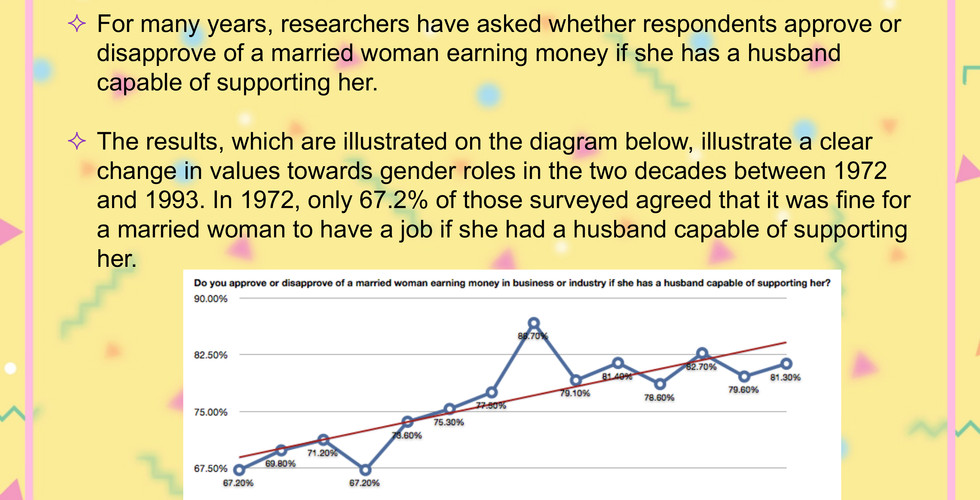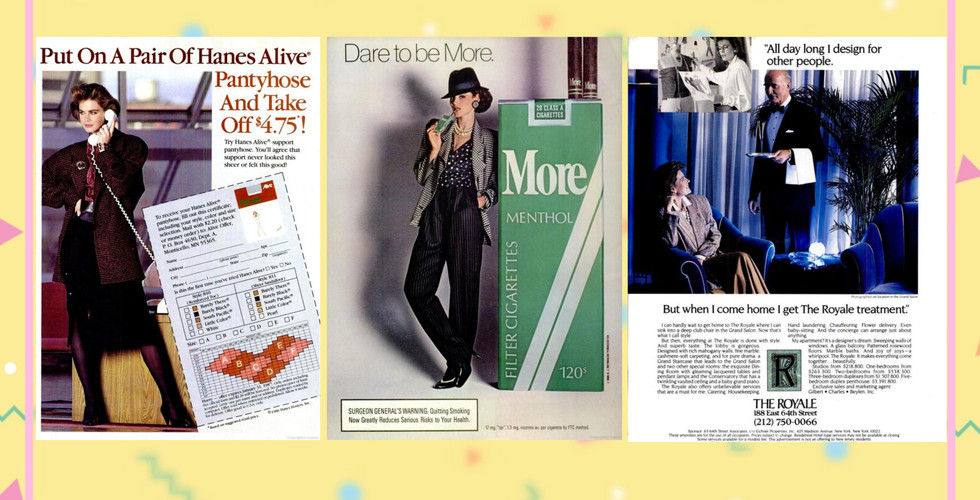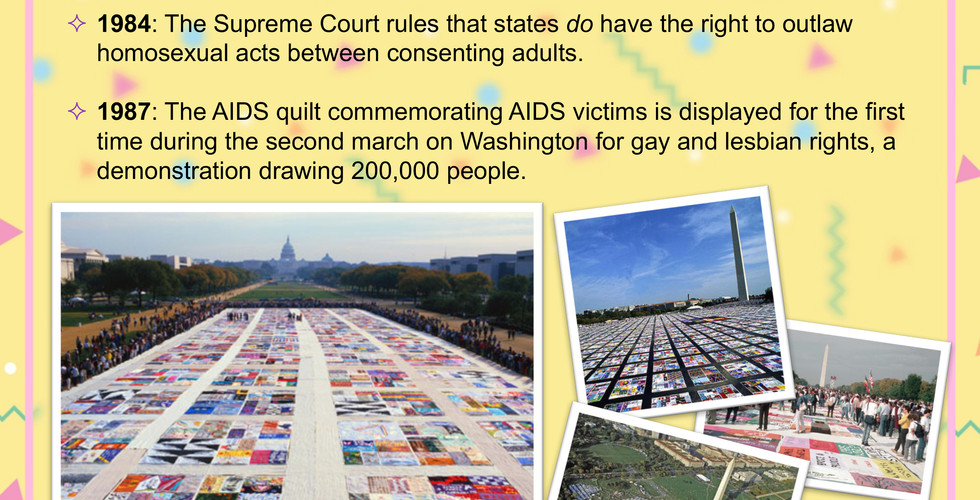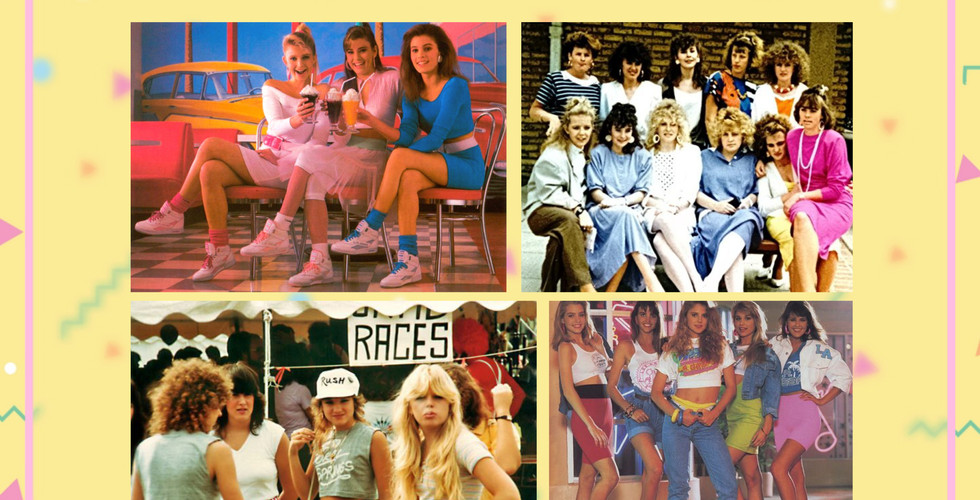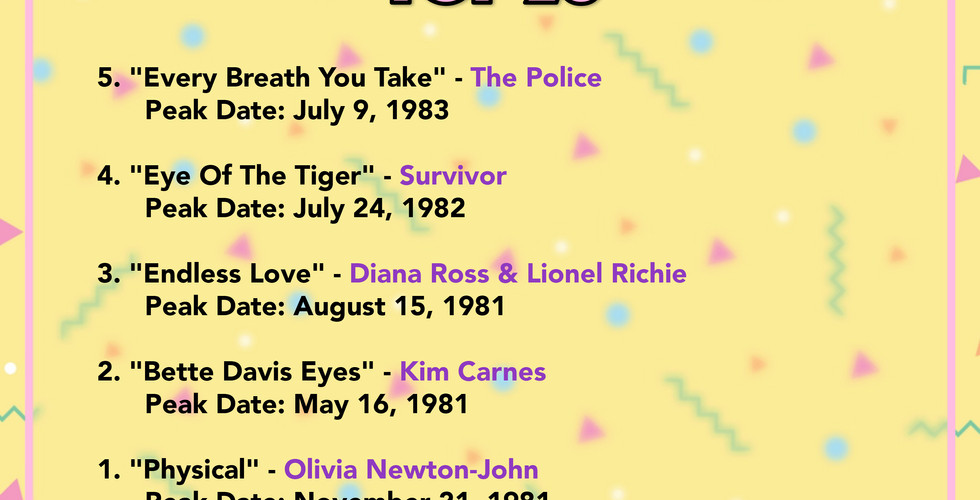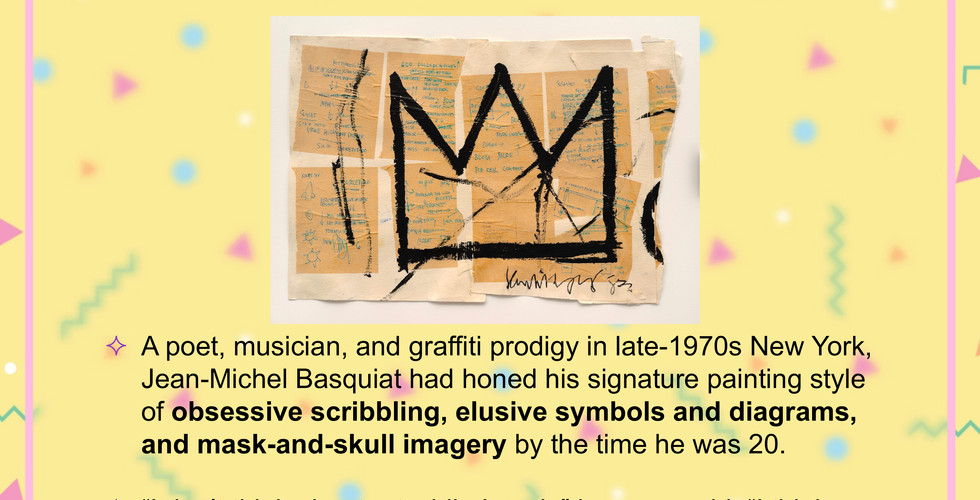Media: 1980's Mixtapes
- Natassja King
- Apr 11, 2017
- 5 min read
Population
Secondary IV Multimedia
Time Frame
Seven to ten lessons.
This project is part of a larger unit about music, art and other media. Each decade is addressed in turn, from 1960 to the 2010’s. Each decade culminates in a project to help cement learning and link knowledge to something personally relevant for students. This lesson can be taught in as little as seven classes, or as many as ten, depending on the group.
Rationale
Students will be introduced to the music, and art of the 1980’s, along with a summary of particularly influential political movements of the time. By understanding each decade in turn, students build a foundation of knowledge that will help them to understand media expression of the present time and in the future, beyond secondary school.
Learning Objectives
Broad Areas of Learning
Media Literacy Educational Aim: To enable students to exercise critical, ethical and aesthetic judgment with respect to the media and produce media documents that respect individual and collective rights
Awareness of the place and influence of the different media in his/her daily life and in society: media functions (information, entertainment, promotion, influence, propaganda); media consumption habits and guidelines; influence of media messages on his/her world-view and everyday environment
Understanding of media representations of reality: elements of media language (sound, image, movement, message); comparison between facts and opinions; recognition of the positive and negative impact of media messages; distinction between reality, imagination and virtual reality; the aesthetic qualities of media productions; comparison of media productions based on different techniques and forms of artistic expression
Use of media-related materials and communication codes: procedure for producing, constructing and distributing media products; use of various techniques, technologies and modes of communication
Knowledge of and respect for individual and collective rights and responsibilities regarding the different media: intellectual property, freedom of expression, privacy and reputation
Visual Arts Competencies
Creates media images
Uses ideas to create a media production
Uses transforming gestures and elements of visual arts language according to the target audience
Organizes his/her media production
Shares his/her experience of media creation
Cross Curricular Competencies
Uses Creativity
Becomes familiar with the elements of a situation
Plays with ideas
Turns obstacles into resources
Recognizes possible or partial solutions
Explores new strategies and techniques
Expresses his/her ideas in new ways
Uses information and communications technologies
Becomes familiar with various technological tools
Uses the technologies in his/her learning
Carries out various tasks using technological resources and functions
Recognizes and uses previously learned concepts and processes in new contexts
Materials
Instructor
Prototype of mixtape coloured paper and slides;
Pre-printed tape guides and cardstocks for final drafts;
Access to computer lab;
Slideshow created in Canva;
Speakers;
Method of projection (interactive whiteboard or overhead projector).
Students
Pencil crayons and pencils;
Internet and computer access;
Access to PowerPoint or Canva.com.
Vocabulary
Feminism
Feminism is the belief that men and women should have equal rights and opportunities. It is not the blaming of all men for the systemic oppression of women. It is not letting women get away with hitting men, telling women that it is wrong to want to be a housewife or mother, ignoring struggles faced by men, or the promotion of superiority of one group over any other.
Intersectional feminism
Intersectionality is a concept used to describe the ways in which oppressive institutions (racism, sexism, homophobia, transphobia, ableism, xenophobia, classism, etc.) are interconnected and cannot be examined separately from one another. Therefore, intersectional feminism recognizes that focusing too much on feminism without thinking about all other systems of oppression is not going to get us very far.
Catalyst
This word comes from chemistry. A catalyst is a substance that causes or accelerates a chemical reaction without itself being affected. Similarly, a social catalyst like we are talking about here is something that causes activity between two or more persons or forces without itself being affected, or a person or thing that leads to a major change.
Aesthetic
The way one group defines beauty, or ugliness. Groups often have a strong preference for specific colours, patterns, motifs, and designs when identifying themselves to the rest of the world. This overall “look” is their aesthetic.
LESSON SEQUENCE/PROCESS
Note-Taking Classes: Day 1
Introduction to this decade, and review of slides up to the end of Civil Rights.
What do you think it would have been like to be a teenager in the 1980’s?
What could you look forward to as a teenager? What would be a little scary?
What about as a woman or a person of colour? How would your opportunities be different or similar to the opportunities of a white male teen?
How is the world different today from what you have learned about the 1980’s? How is it similar?
Why do you think I told you about Keith Haring? How was he important in the 80’s?
Note-Taking Classes: Day 2
Review of slides about fashion, and most of the pilot episode of “Freaks and Geeks” (Netflix).
What fashion trends can you spot in the episode? What about music – can you identify any songs?
What genre of music is most popular at the high school in the show, rap, pop, rock or disco?
How are these characters’ lives similar to yours? How are they different?
Note-Taking Classes: Day 3
Review of slides up to the end of Madonna.
What really made Michael Jackson stand out?
How do you think Michael’s career and music would have been different if his father had been more nurturing?
How many artists can you think of who are trying to be the next Madonna?
What gives Madonna her staying power? How did she manage to stay relevant for so long?
How did MTV change the music industry forever? What is today’s equivalent?
Note-Taking Classes: Day 4
Review of slides up to the end of Art in the 1980’s.
Why did art change in the 1980’s? What was the catalyst?
How did art change from the 1970’s?
Why did we start including cartoons and street art in museums and galleries?
Has this changed the way you think of art?
What is art? How would you define it?
Art-Making Classes: Day 5
Introduction of project and distribution of materials (handout, rough draft paper, pencil crayons).
Art-Making Activity
Students use computers to research their chosen genre (rap, pop, or rock). They decide who will be the recipient of their mixtape – the list of songs they will compile must be relevant for the recipient. The student must personally know the recipient, they cannot be a celebrity or fictional character.
Students will also sketch a preliminary design for their mixtape. The design must reflect the aesthetic of that genre in the 1980’s:
black, red and blue for rap.
bright candy colours and busy geometric patterns for pop.
black, silver, gold, and denim blue for rock.
Discussion and Closure
How did you decide who to make your tape for?
Did you choose songs you know they would like, or songs with lyrics you think they will identify with?
What examples did you look at for the aesthetics?

Art-Making Classes: Day 6
Review of project and distribution of rough drafts and pencil crayons.
Art-Making Activity
Students may continue to use computers to research their chosen genre (rap, pop, or rock). They should finish this step by the end of today.
Students will submit their sketches in order to receive a final draft cardstock.
Students will start their final drafts today.
Discussion and Closure
How have your song choices influenced your design choices?
What do you think it would be like to design album art for a living? Would it be like this, or different? Why?
Art-Making Classes: Day 7
Review of project and distribution of materials.
Art-Making Activity
Students will focus on finishing their mixtapes.
Students who finish their mixtape and PowerPoint early may complete liner notes for extra credit.
Discussion and Closure
How has your design changed from the first draft to the final coloured mixtape?
Will you actually give your mixtape to the recipient in real life? Why or why not?










